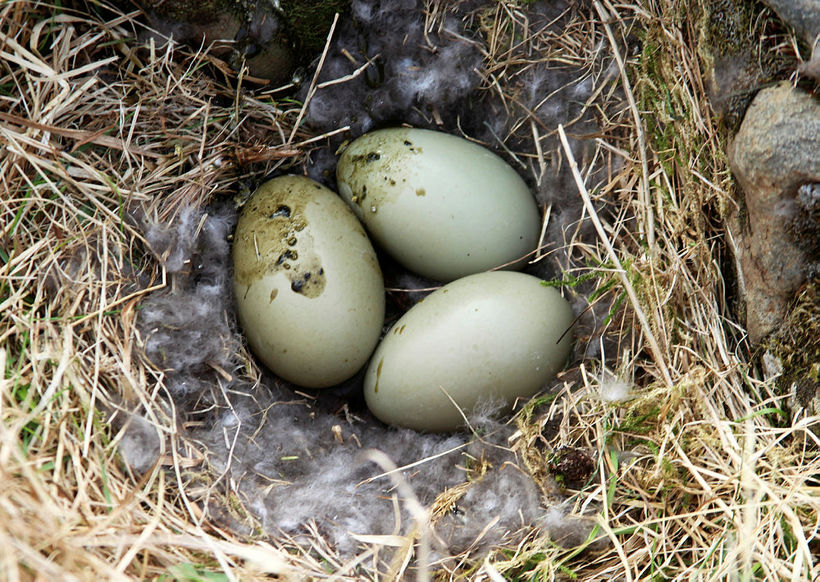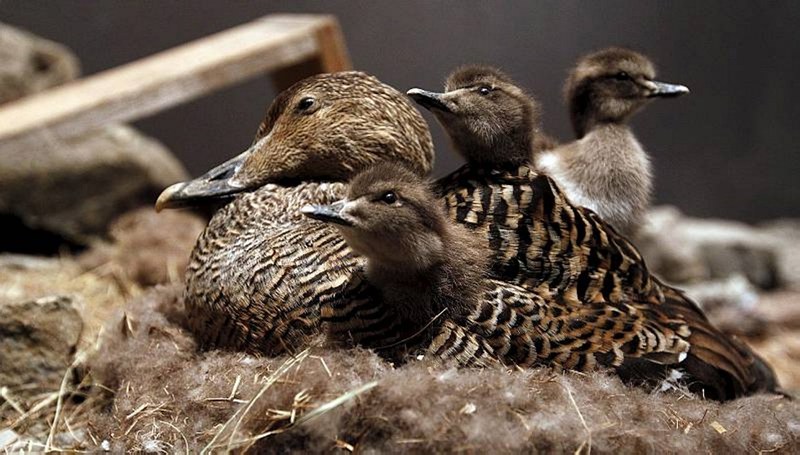Eider Duck Population in Sharp Decline?
“We haven’t witnessed such a situation since 1968,” states farmer Atli Vigfússon, Laxamýri, Northeast Iceland. That year, the spring was unusually cold, and there was pack ice off the north shore of Iceland in the spring. “Only 15 percent of the [eider duck] population has arrived for nesting, and the eider duck population appears to have plummeted in Northeast Iceland,” he laments.
Yann Kolbeinsson, biologist at the Northeast Iceland Nature Research Center, has received reports that in some places, the eider duck has been arriving later than average. The Research Center has, however, not investigated the matter. He finds a sudden 85 percent decline in its population unlikely. He suggests two possible explanations:
In either case, he believes the reduction in numbers is due to the bird’s poor condition. The condition is either poor enough to prevent the bird altogether from having the energy to nest, or the bird could still be building up energy for nesting.
Yann hopes the latter explanation is true, and that the bird remains out at sea, in shallow waters, getting ready to nest. The coming two weeks will tell.
Jón Einar Jónsson, director of the University of Iceland Snæfellsnes Research Center, states he has received reports that on the Skagi peninsula, North Iceland, and in Vopnafjörður, Northeast Iceland, eider duck nesting is off to a very slow start. He hopes the reason is that the bird is arriving late. In Breiðafjörður fjord, West Iceland, and in Hólmavík, the West Fjords, on the other hand, eider duck nesting is just as usual.
He states it will be interesting to watch developments this summer. Research has shown, he states, that when the capelin (Mallotus villosus) population is at a low, as it is this year, eider ducks nest in much lower numbers.
In Melrakkaslétta, Northeast Iceland, Gunnþór Kristjánsson, farmer on Núpskatla, believes the eider duck is arriving later than it has in the past two years, but he is hopeful it is yet to arrive.









